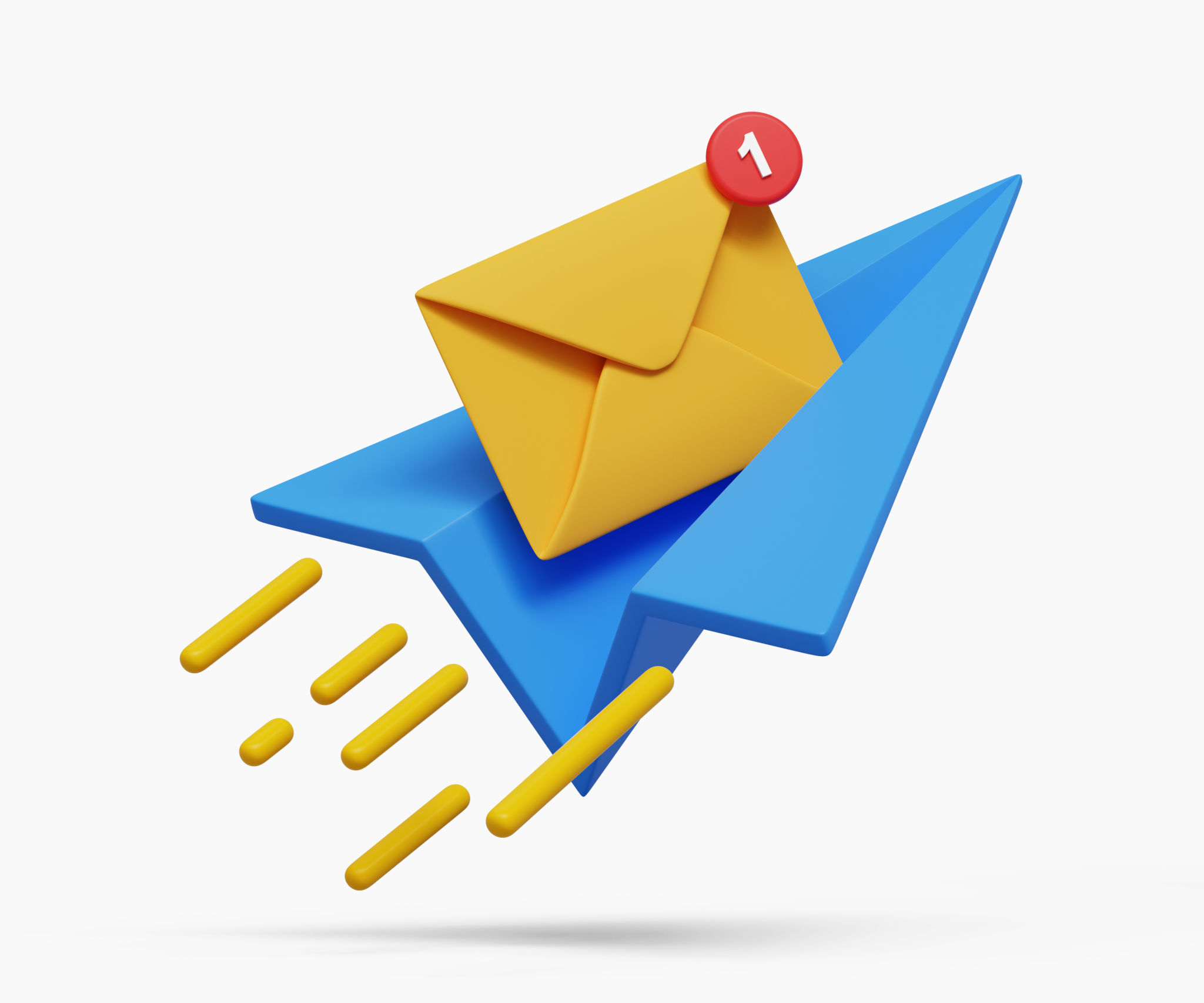Avoiding the Spam Folder: Tips and Techniques for Email Marketers
Understanding Why Emails End Up in Spam
Email marketing can be a powerful tool for businesses to reach their audience directly. However, even the most carefully crafted emails can sometimes land in the spam folder, unseen by recipients. Understanding why this happens is the first step to avoiding it. Emails can be marked as spam for several reasons, including overly promotional language, poor list management, or technical issues with email authentication.
Maintaining a Clean Email List
A clean email list is crucial to ensuring your messages reach the inbox. Regularly updating your contact list by removing inactive or unengaged subscribers can reduce bounce rates and improve deliverability. Encourage new subscribers to opt-in through double confirmation methods to ensure their interest and avoid spam traps.

Crafting Compelling and Compliant Content
The content of your email plays a significant role in determining whether it ends up in spam. Avoid using excessive capital letters, too many exclamation points, or words commonly associated with spam, such as "free" or "buy now." Instead, focus on providing valuable, relevant content that resonates with your audience. Personalization and segmentation can also enhance engagement and reduce the likelihood of being flagged as spam.
It's equally important to comply with email marketing regulations, such as the CAN-SPAM Act. Always include a clear and easy-to-find unsubscribe link in your emails and honor opt-out requests promptly to maintain trust and compliance.
Implementing Email Authentication Techniques
Email authentication helps verify that your emails are coming from a legitimate source. Implementing standards like SPF (Sender Policy Framework), DKIM (DomainKeys Identified Mail), and DMARC (Domain-based Message Authentication, Reporting & Conformance) can help protect your domain from being used in phishing scams and improve your credibility with email service providers.

Testing and Analyzing Your Email Campaigns
Consistently testing and analyzing your email campaigns is vital for optimizing performance and deliverability. Use A/B testing to experiment with different subject lines, content formats, and sending times to identify what works best for your audience. Monitor key metrics such as open rates, click-through rates, and bounce rates to gain insights into your campaign's effectiveness.
Consider using tools that provide a preview of how your emails will appear across different devices and email clients. This can help ensure consistency and functionality, reducing the chance of emails being marked as spam due to formatting issues.

Building a Positive Sender Reputation
Your sender reputation is influenced by the quality of your emails and how recipients interact with them. High bounce rates, low engagement, and spam complaints can negatively impact your reputation. Focus on building relationships with your subscribers by providing value, encouraging feedback, and fostering two-way communication.
Regularly check your sender score through services like SenderScore.org to understand how email service providers view your domain's reputation. A strong sender reputation increases the likelihood of your emails reaching the inbox, rather than the spam folder.
Conclusion: Stay Proactive and Adaptive
Ultimately, avoiding the spam folder requires a proactive approach and adaptability to changing email marketing trends and regulations. By maintaining a clean list, crafting engaging content, implementing authentication techniques, analyzing campaign performance, and nurturing a positive sender reputation, you can significantly enhance your email deliverability. Staying informed about industry best practices and continually optimizing your strategies will help ensure that your messages reach their intended audience effectively.